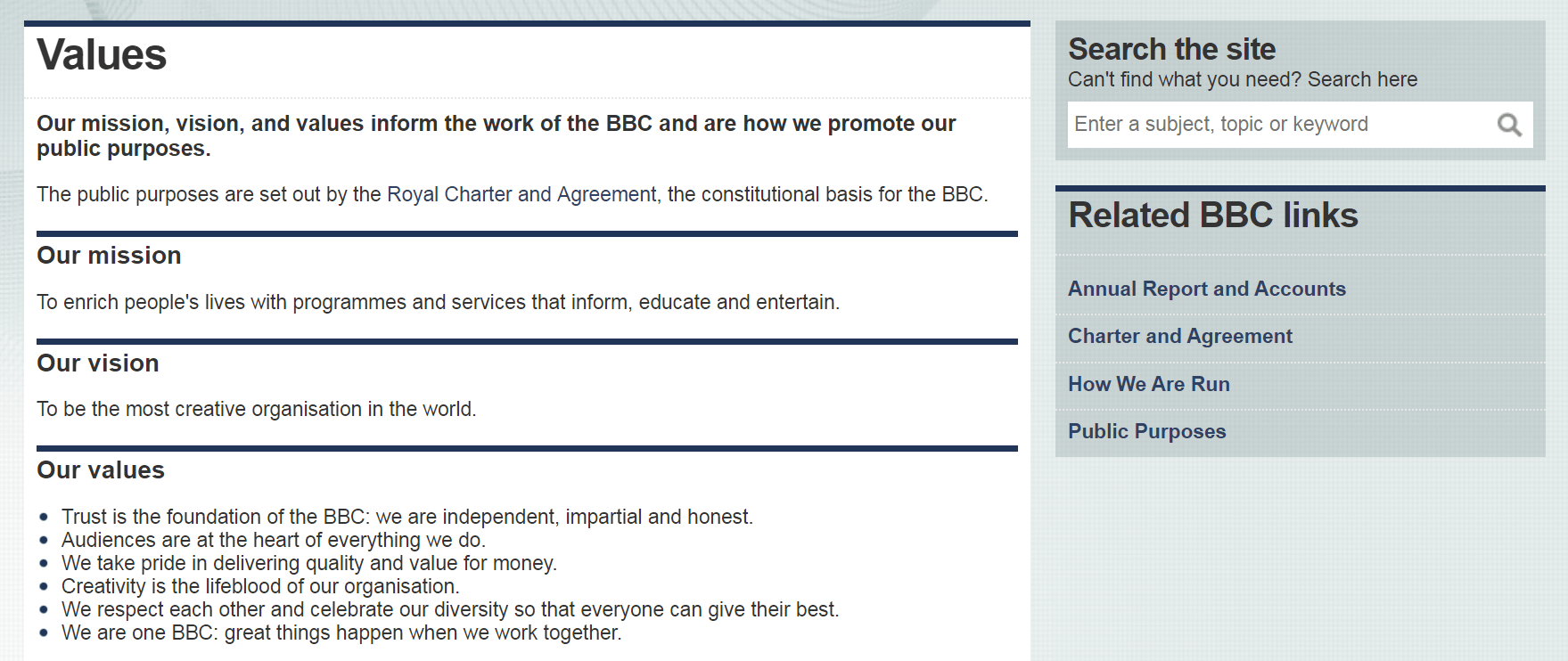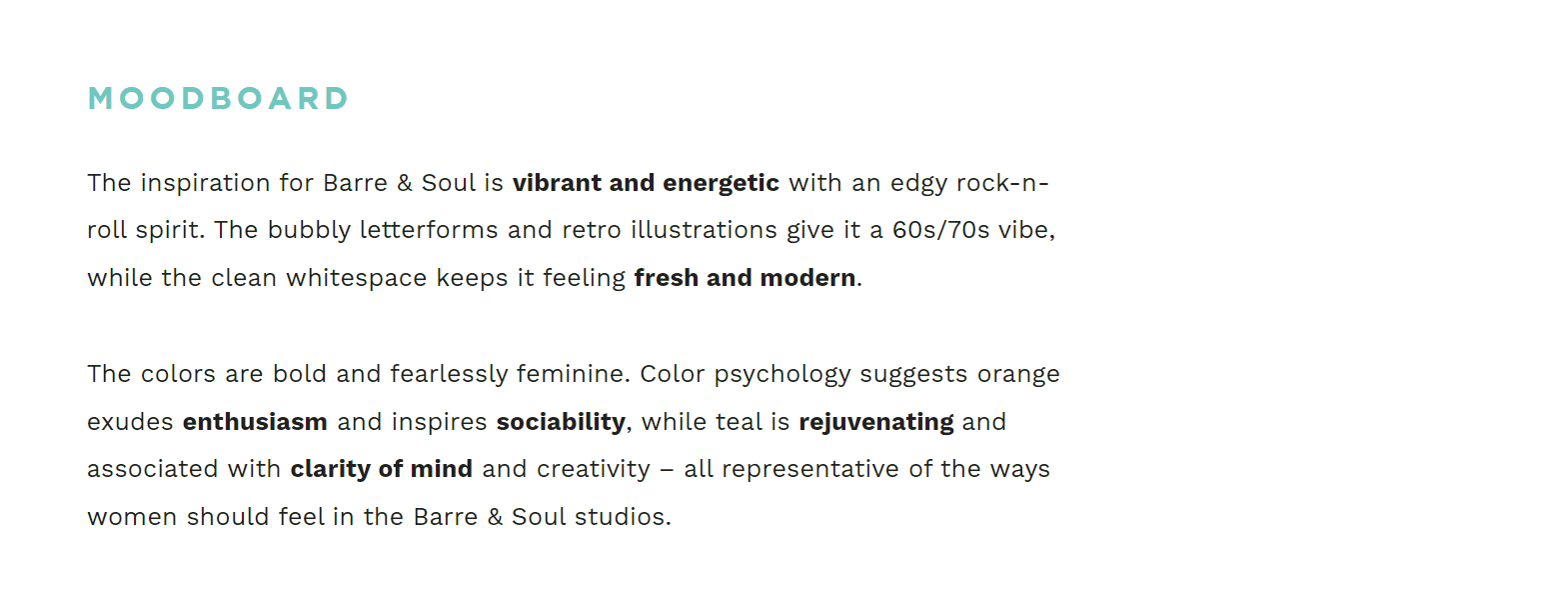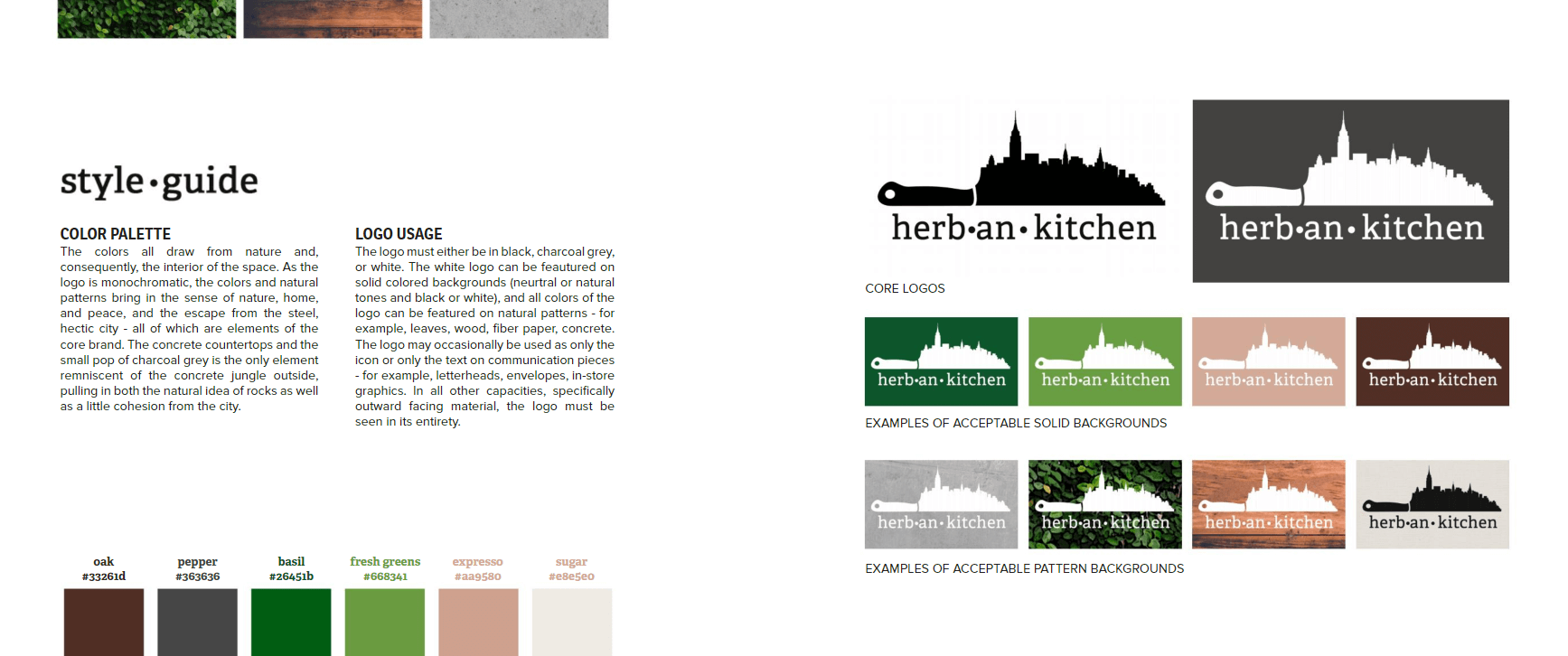About 83% of B2B businesses in North America use social media as a marketing tool. That’s a lot of ‘noise’ you’ll need to cut through if you want to make a lasting impression. To give yourself a fighting chance, it’s crucial to create a strong social media brand voice.
Developing a unique voice and style for your brand is the perfect way to stand out from the crowd and make a real connection with your audience. If you’re careful to use this branding consistently across all your social media channels, you’ll be boosting your visibility and making your business more memorable at the same time.
What your social media brand voice is (and why it matters)
How would you describe the ‘voice’ of your business – is it funny, casual, formal, or something else entirely? If you have a ready answer to these questions, you’re already on your way to developing your brand voice.
In a nutshell, your brand voice is a way to describe the style and tone of your business communications and interactions. Developing a strong brand voice and using it consistently is key to making sure your company is recognizable and relatable. When 77% of marketers report that effective branding is crucial to the future growth of your business, it’s time to pay attention.
Nowhere is this more true than on social media. It’s easy to assume that most people use social networks only for personal reasons. However, around 50% of consumers actually follow one or more brands via social media platforms. If you want to get their attention, employing a unique brand voice is an excellent place to start.
You can see companies taking advantage of this technique all over the internet. Smart businesses develop a voice to match their market and audience. Target, for example, maintains a light-hearted and often humorous tone in its social media posts:

Intel, on the other hand, uses a knowledgeable and informative voice to speak to its tech-savvy audience:

If you haven’t taken the time to establish a brand voice you can use in your own social media posts and interactions, now is the perfect opportunity. Let’s discuss what it takes to get started.
How to develop and use your brand voice on social media (in 4 steps)
Developing your social media brand voice is a process that relies heavily on your specific business, its niche, and its goals. Therefore, everyone’s approach is likely to be a little different. Regardless, these four basic steps outline the procedure most companies will go through when trying to narrow down the right brand voice and use it effectively.
Step 1: Determine your brand’s core values and mission statement
Before you can determine what your social media brand voice will look and sound like, you need to figure out what it will be based on. In most cases, your business’ values and goals, like the BBC’s core values (pictured below), are what should inform the style of your brand voice.

Using your values and goals as the basis for your brand voice helps you make sure it matches and reflects your company. What’s more, it can make it easier to form a strong connection with your social media audience. After all, 64% of consumers report that they are more likely to form a trusting relationship with a brand that shares their values.
So at this point, you’ll want to do two things (if you haven’t already): determine your company’s core values, and write up a mission statement. Here’s how to get started with both:
- Core values. To identify the values that shape your business, you’ll want to ask some key questions. These include determining what kind of image you want to portray, and considering the personal values of the individuals who make up the company.
- Mission statement. This should be a clear, concise statement of what your company does, as well as how and why it does those things.
Understanding your business’ values and mission is useful in a lot of ways. For now, however, let’s focus on how it helps you create a voice for your company.
Step 2: Nail down the message and style you want to communicate
Your social media brand voice should be defined by your business’ values and mission. This ensures that your style is a strong match to your company, and that it helps to further your goals. A mood board, like the one shown below, can help you define those values.

It’s also important to develop a brand voice that’s true to the ‘soul’ of your company, because it makes your communications more genuine. This is particularly important on social media, since 80% of people say that the main reason they choose to follow a particular brand is whether its content feels and sounds authentic.
Therefore, take some time to sit down and review your core values and mission statement. Using them as a guide, come up with a list of adjectives and goals that will define your brand voice. This is a highly individualized process, but let’s look at an example of how it might work in action.
Imagine that your results from the previous step looked something like this:
- Core values: Empowering customers, driving innovation, honest and open communication
- Mission statement: To provide proven solutions that teach customers how to help themselves.
Based on this information, you can easily determine the best brand voice for your company. It should be positive and encouraging, honest, and direct. It should also be highly informative, to assist with driving innovation and helping customers learn to solve their own problems.
Try to incorporate all of your business’ core values and goals into your social media brand voice this way. At the end of the process, you should have a short list or paragraph describing the style and tone for your brand voice. After that, you’re ready to start putting it into action.
Step 3: Create a brand style guide
If you’re a one-man band, the informal results of the previous step might be enough to inform your social media brand voice. However, in most cases you’ll have multiple people promoting your business and communicating with your audience on social media.

Creating a brand style guide, like the one for Herban Kitchen, helps refine and specify your brand voice. This way, everyone will know exactly what it is and how to use it. What’s more, it also helps to keep your brand voice consistent. This is vitally important, since ensuring that your branding is consistent across all communications and channels can increase your revenue by an average of 23%.
Actually developing your brand style guide involves writing down a list of rules and guidelines for how various elements of your marketing and communications will be handled. This involves paying attention to the following elements (at a minimum):
- Brand story: How will you discuss your business and its mission?
- Tone and personality: Will you communicate formally, casually, or via an entirely different tone altogether?
- Key words and phrases: What words and terms are important to use frequently, and what language do you want to avoid using?
- Typography: When given the choice, what types of fonts will you use (considering that they should reflect your brand voice and personality)?
- Imagery: What types of colors and images will you use to reinforce your brand voice?
There are plenty of excellent guides available that can help you create your brand style guide. It doesn’t have to be overly formal, but you should be as specific as possible to keep everyone on the same page. Most importantly, make sure to share your style guide with all relevant parties, and to ask for feedback and suggestions. Refining and adding to your brand style guide over time is a smart way to keep it up-to-date.
Step 4: Apply your brand voice to all relevant social media channels
By this point, you know what your brand voice will look and sound like. What’s more, you’ve codified it and shared it with relevant members of your team. Now, it’s finally time to put that voice into action.

It’s important to note that you’re best off using the same brand voice for all company content and communications, like clothing retailer Zappos does (pictured above). This includes on your website, as well as on physical materials. However, we’re focusing on social media because it’s the place where your brand voice can do you the most good. There are 2.1 million negative mentions about U.S. brands on social media every day. If you don’t want that statistic to include your company, you need to work at creating a strong and authentic connection with your audience on social media sites.
Remember that consistency is key. Every message and communication your business puts out there should maintain the same voice and personality. The channels you’ll want to pay most attention to include (but aren’t limited to):
- Profiles and company bios. Your social media brand voice should be evident in the way your business is introduced and described. After all, this often forms a vital first impression for new audiences.
- Posts and updates (and captions on image-based sites). Keeping your brand voice in mind when posting on social media platforms is essential. Remember to support that voice with matching imagery, fonts, and colors.
- Replies and direct messages. Even when communicating directly with audience members, it’s important to maintain the same tone and personality used in your posts and status updates.
As a rule of thumb, everything you post and every interaction you have on social media should be shaped by your chosen brand voice. If it helps, you can think of your business like a person you want audience members to easily recognize and form a relationship with. It may take a little time, and lots of referring back to your brand style guide at first. Soon, however, you’ll internalize your social media brand voice, and it will come naturally.
Conclusion
If you want to stand out online, you need to put plenty of time and thought into how you present your business. Developing a strong brand voice and using it consistently across social media platforms is the perfect place to start.
To determine your business’ brand voice and apply it effectively, you can follow these four steps:
To stand out online, you need to develop a strong brand voice and use it consistently across #socialmedia platforms
Click To Tweet
- Determine your brand’s core values and mission statement.
- Nail down the message and style you want to communicate.
- Create a brand style guide.
- Apply your brand voice to all relevant social media channels.
Do you have any questions about how to maintain a strong social media brand voice? Ask away in the comments section below!
The post Developing Your Social Media Brand Voice: A Beginner’s Guide appeared first on Revive Social.